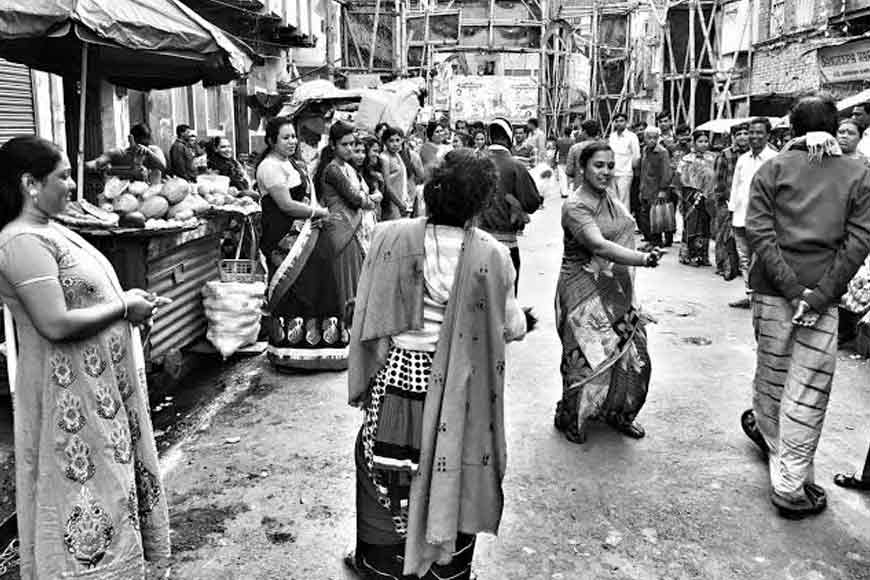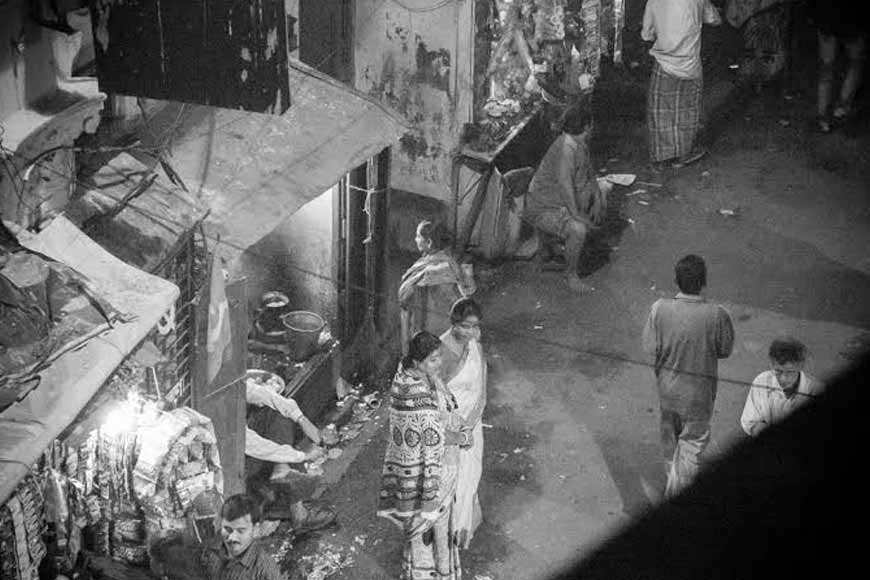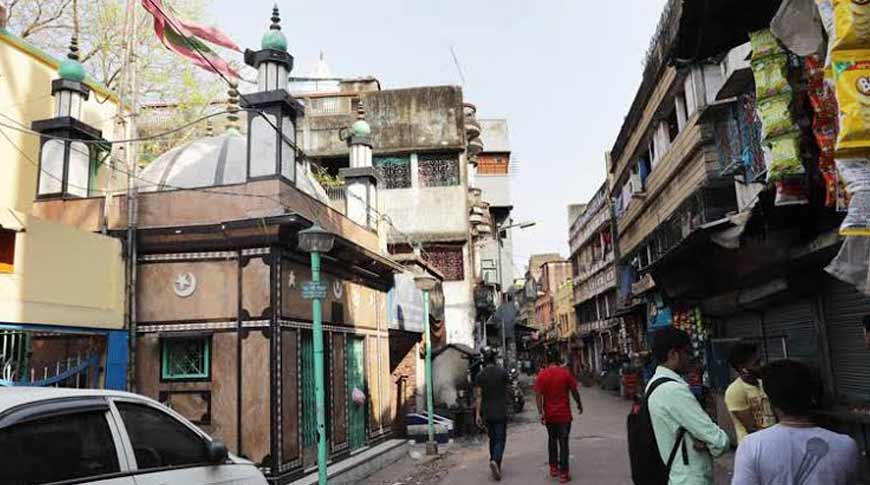Sonagachhi: Tracing the chequered history of one of the Asia’s largest sex districts

Prostitution as an occupation is as old as civilization itself. Sumerian records dating back to ca. 2400 BCE carry mentions of prostitution. These documents describe a temple brothel operated by Sumerian priests in the city of Uruk. This kakum or temple was dedicated to the goddess Ishtar and was the home to three grades of women. In ancient India, they were referred to as 'Ganikas' or courtesans. During the Mauryan period, systematic control of the prostitution business was established under a superintendent, who was called the 'Ganikaadyaksha'. There were different types of prostitutes and they were differently paid.
During the reign of the Nawabs, ‘Babu’ was a special epithet that was conferred by the ruling Nawab to educated and competent men as a sign of respect and could be used only by those who were honoured with the title. Usually, educated and high-ranking officials in Nawab’s court were conferred with the title. Around 300 years ago, when the British East India Company began colonial expansion in India, they took over and developed three native villages and built Calcutta, the new, swanky second capital of Britain (after London). Around this time, a new aristocratic class evolved, known as the "Babu Culture” of Calcutta. These Babus had amassed wealth through intimate interactions with the British and trading and commerce. Gradually, wealth replaced education and heritage and Babu became synonymous with affluence. As a result, the number of babus and their influence increased rapidly in Kolkata.

These "noveau riche" Bengali Babus consisted almost exclusively of the landed gentry or zamindars who had palatial residences in Calcutta. These foppish dandies spent most of their time and wealth consorting with women of ill repute and throwing lavish parties. Most of them were governed by lust, wealth, and debauchery. The Babus led a lavish life, bought expensive vehicles, and spent lakhs on mujra and mehfil regularly, where skilled 'Baiji's of that time were invited from a distant land to perform in the private drawing rooms for the Babus and their consorts. They indulged in pigeon fights, drank alcohol like fish, spent nights in the bordellos and also had their own concubines for entertainment who would be treated and retained with great majesty and pomp.
Also read : Prostitution on Kolkata streets still thrives
Generally, the sex sector emerged in Calcutta under the control of the English East India Company. With the arrival of British colonialism and the introduction of a capitalist economy, a radical shift took place in the socio-political, economic, and cultural scenario of India, and 'prostitution' was not left out. The growth of prostitution in 19th-century Calcutta was intrinsically related to the development of the city as the capital of British India. As British troops arrived in the city, the need for pleasure women was felt. Since Fort William was very close to the city, the newly-arrived soldiers moved around and indulged in debauchery and similar acts. Besides, most of the British youths who come to India to join the East India Company were either unmarried or had to leave their wives and children ‘back home’ in England. Hence, it became a necessity to create brothels to fulfill the needs of the amorous Calcutta Babus and the white-skinned young men from England.
It is said that at that time, the British were involved in kidnapping and forcing young, poor, and gullible widows from nearby villages into joining the flesh trade in Sonagachhi. Prostitution likely started in Calcutta during this period. However, according to many historians, the prostitutes’ colony was a vast stretch expanding from Cornwallis Street in the east to Chitpur in the west. The owner of the entire property was Prince Dwarakanath Tagore, grandfather of Rabindranath Tagore . According to a survey report published in 1853, there were 4,449 shelters in Calcutta, where about 12,419 sex workers lived. It was one of the most well-known sex centers and Sonagachi’s fame had reached even French brothels.

Gauri Shankar Lane is a non-descript serpentine street tucked between Central Avenue and Shobhabazar. This is where Sonagachhi, Asia's second-largest sex village is located. In Bangla, Sona Gachhi means 'Tree of Gold'. According to legend, during the early days of Calcutta, the area was the den of a notorious dacoit named Sanaullah who lived there with his mother. On his death, the grieving woman is said to have heard a voice coming from their hut, saying, “Mother, don’t cry. I have become a Gazi”, and so the legend of Sona Gazi started. The mother built a mosque in memory of her son, although it fell into disrepair. The Sona Gazi is colloquially converted into Sonagachhi. The scope of this area gradually expanded after Independence and at one point in time, the entire locality was officially recognized as a ‘red light district.’
Sonagachhi has lost its grandeur and now exists in a dilapidated state. The once-opulent palatial buildings are in a state of decay. The narrow sleazy lanes crisscross the entire stretch. Bordellos co-exist with residential houses. According to statistics, thousands of sex workers converge here daily for professional reasons. The area is congested with customers, brokers, and hawkers who maneuver the narrow lanes deftly. Most sex workers in Sonagachhi use pseudonyms to protect the honour of their families in society. Again, many join this profession by choice or for sexual satisfaction, and they too, prefer to use an alibi to conceal their identities.











